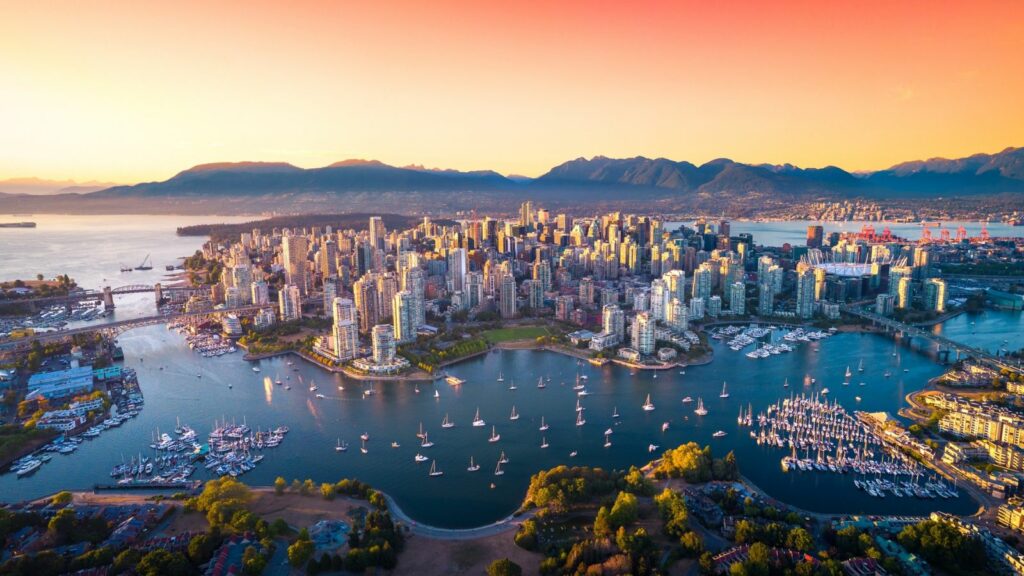Over recent decades, Canada has emerged as a favored destination for international investors. The country’s stable economy, robust legal system, and reputation as a safe haven for capital have attracted investors from all corners of the globe. While the influx of foreign capital has spurred urban renewal and boosted local economies, it has also sparked debates about affordability, cultural preservation, and community displacement.
For many Canadian cities, this global investment wave has led to dramatic shifts in neighborhoods that were once defined by their industrial pasts or modest residential character. Instead, these areas are now characterized by sleek, modern architecture, high-rise condos, upscale shops, and gourmet restaurants.
In this article, we’ll examine 20 Canadian neighborhoods that are being transformed by foreign investment.
Vancouver
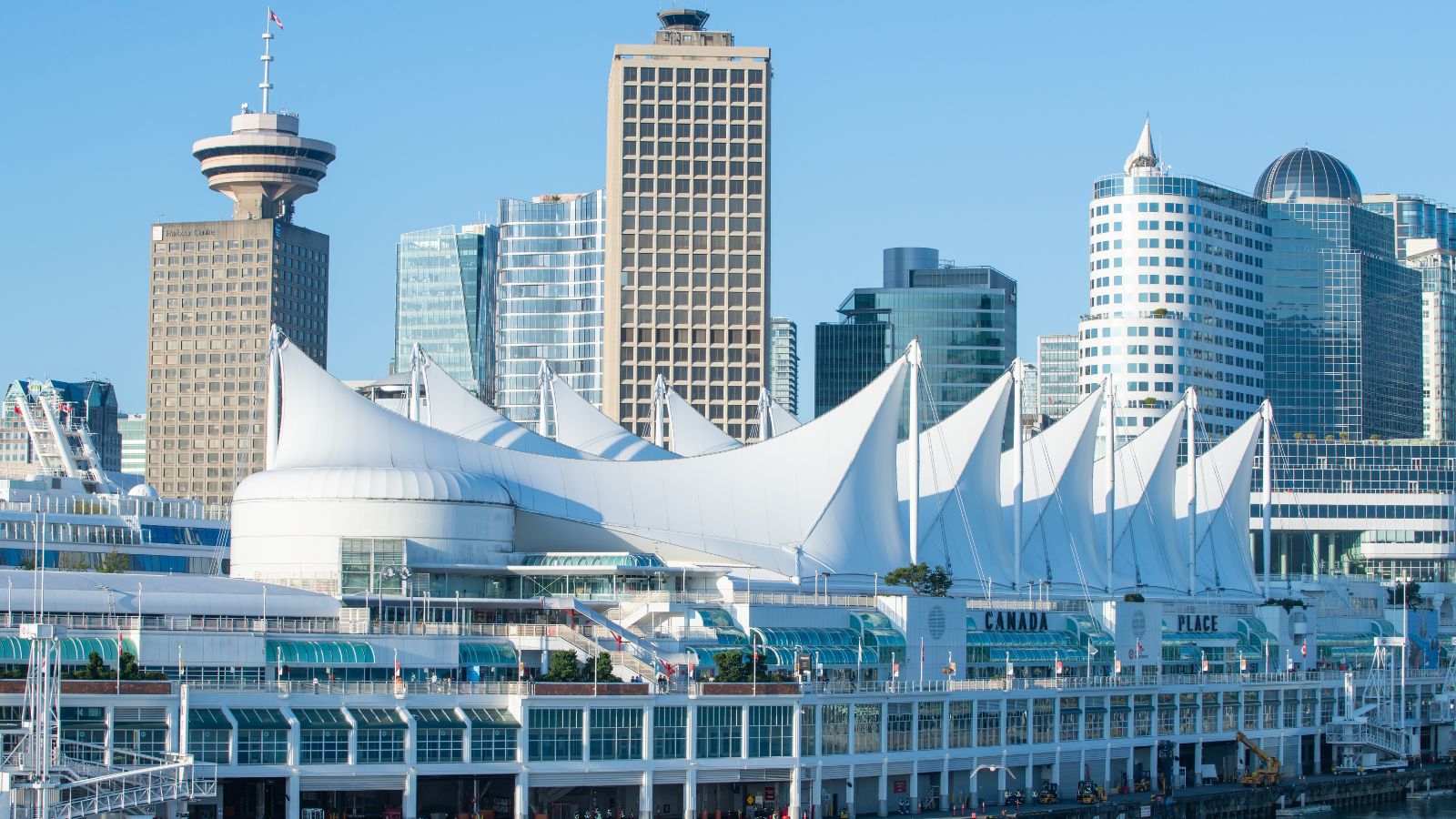
Vancouver is cited as a prime example of how foreign investment can reshape a city. Here are some key neighborhoods where international capital has made a notable impact:
Concord Pacific Place
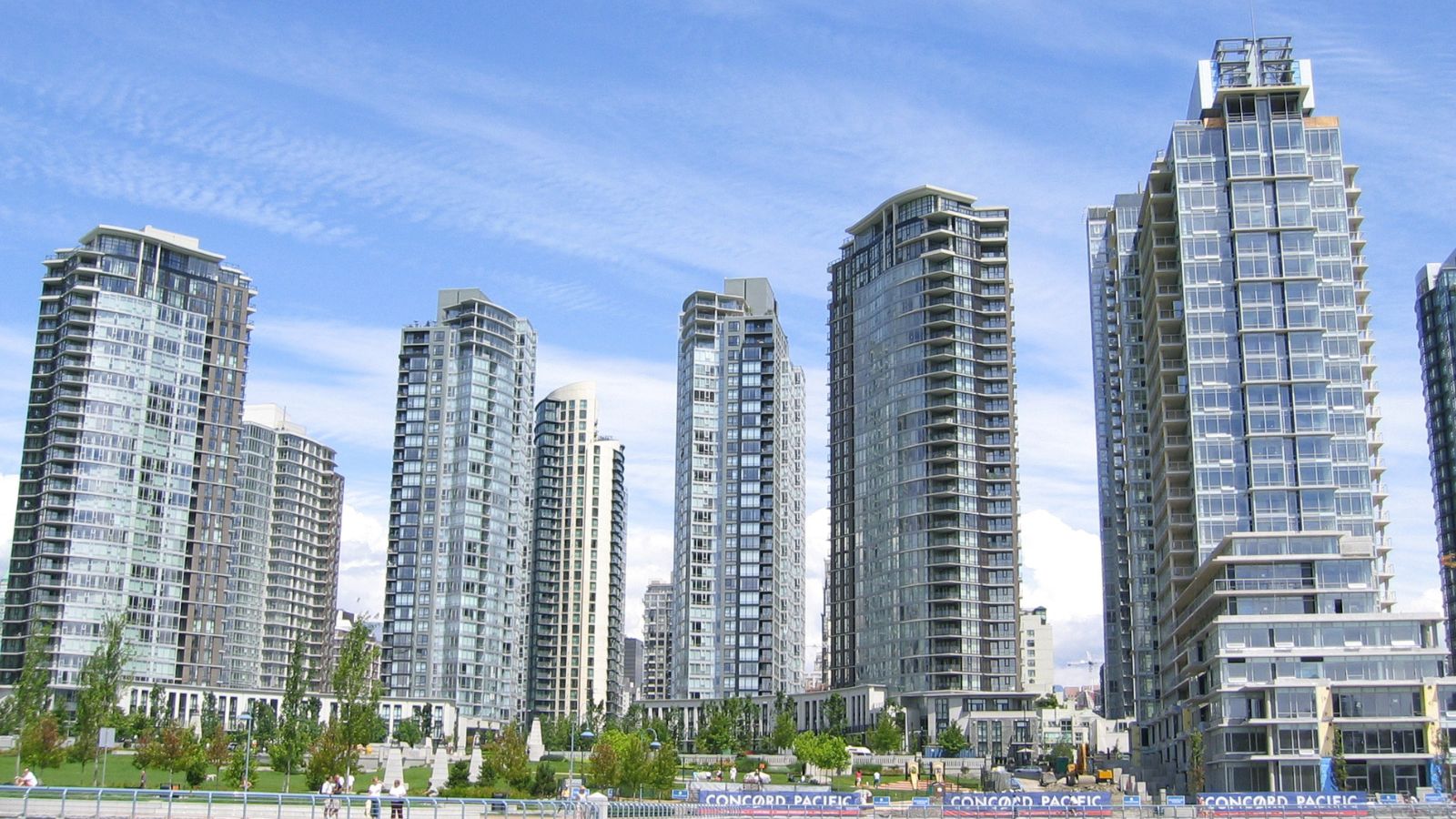
What was once a sprawling industrial area, including old rail yards, has been transformed into one of North America’s most ambitious master-planned communities. Spearheaded by major foreign-backed developers, Concord Pacific Place now boasts high-rise residential towers, vast public amenities, and generous green spaces.
Mount Pleasant/South Main
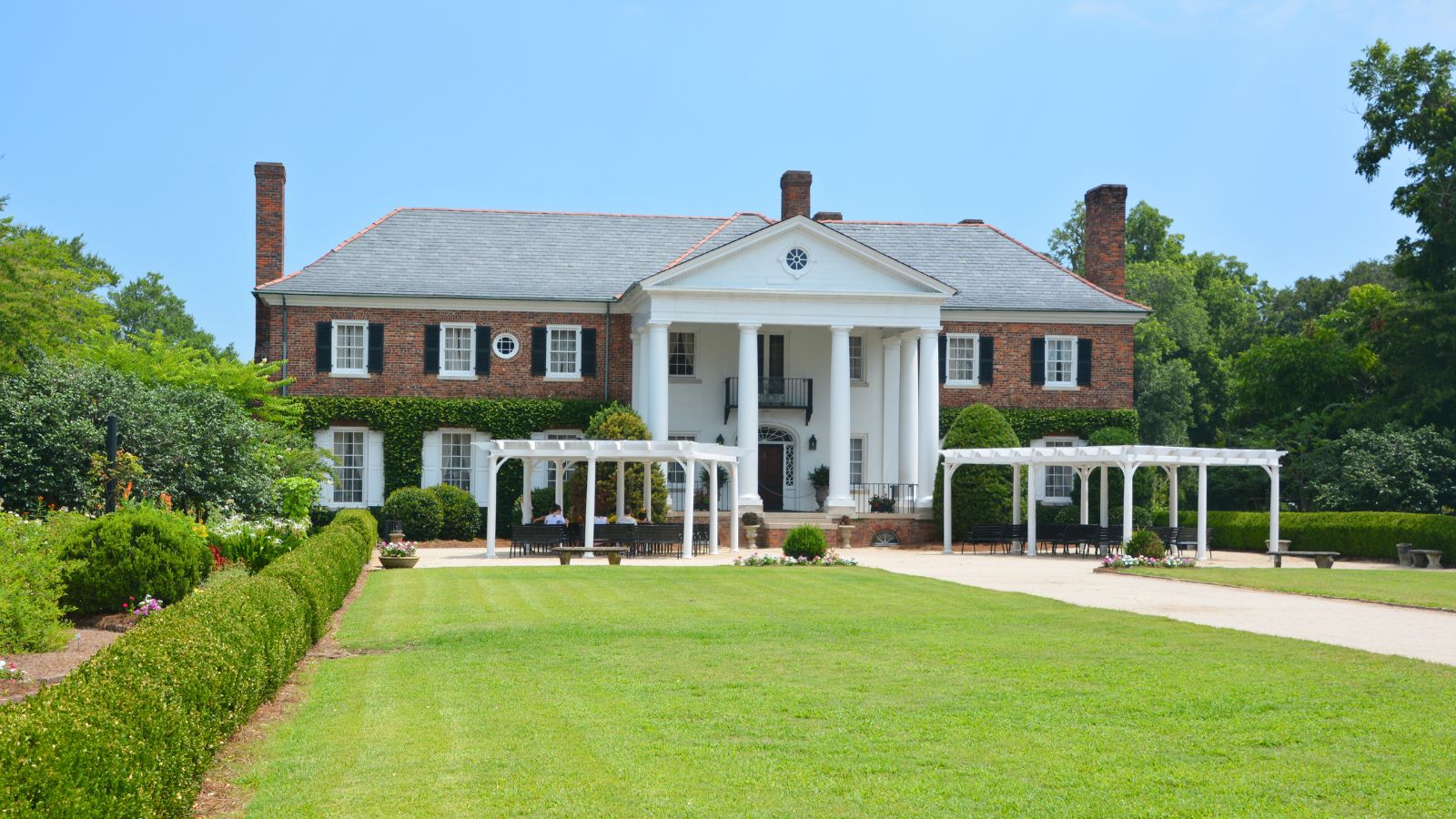
Known for its creative spirit and artistic community, Mount Pleasant has evolved into a dynamic space, thanks to foreign investment. The neighborhood has seen an entry of trendy cafes, boutique shops, and cultural venues. Local art festivals and mural projects have blended with new economic opportunities, giving the area a distinctly cosmopolitan flair while still honoring its roots as an artist haven.
Gastown
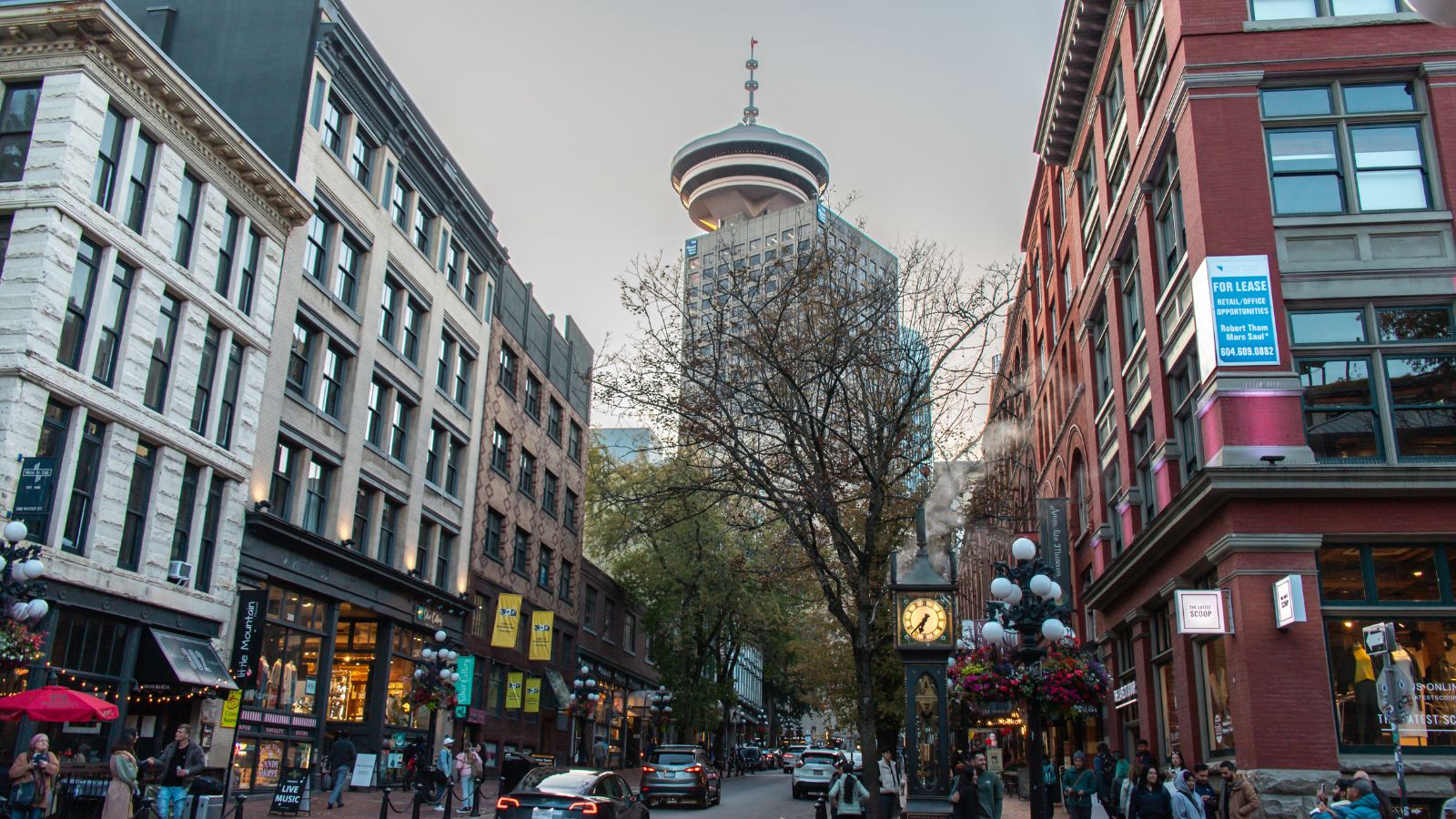
Gastown’s cobblestone streets and heritage buildings are among its most charming features. Here, foreign capital has contributed to a unique blend of old-world charm and modern sophistication. High-end restaurants, tech startups, and boutique hotels now operate alongside preserved historic sites. This illustrates how careful planning can marry tradition with innovation.
Yaletown
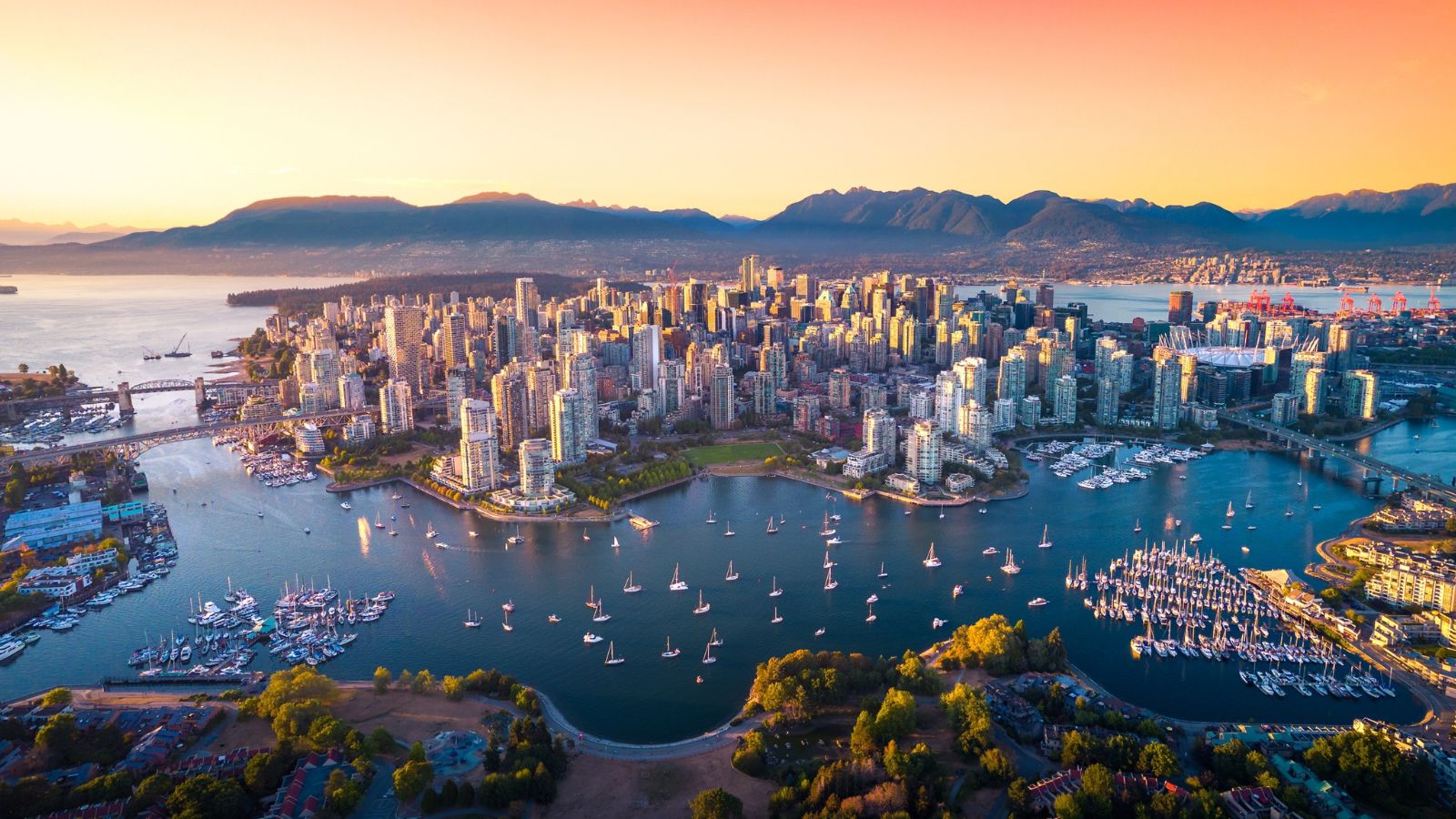
Once an industrial district, it is now synonymous with urban luxury. Thanks to substantial foreign investment, this neighborhood is replete with upscale dining, high-end residential complexes, and vibrant nightlife. While its transformation has made it a symbol of modern urban living, it also raises important questions about affordability and the potential displacement of long-standing residents.
Commercial Drive
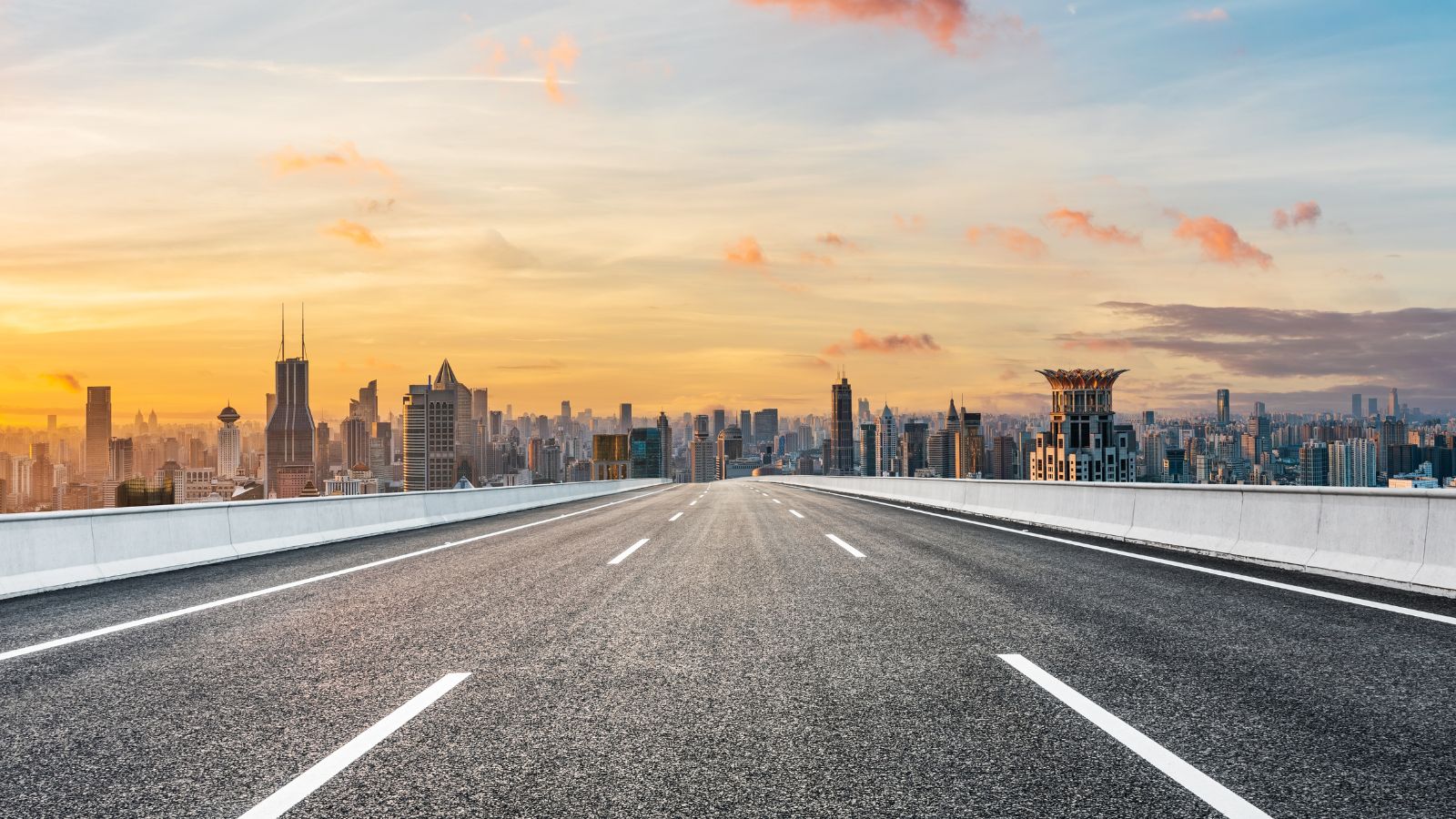
Commercial Drive remains one of Vancouver’s most culturally diverse areas. Investments here have helped preserve its multicultural character by supporting traditional eateries and new, trendy establishments. This area is a small-scale version of how foreign investment can bolster local businesses while developing a lively, inclusive community environment.
Kitsilano
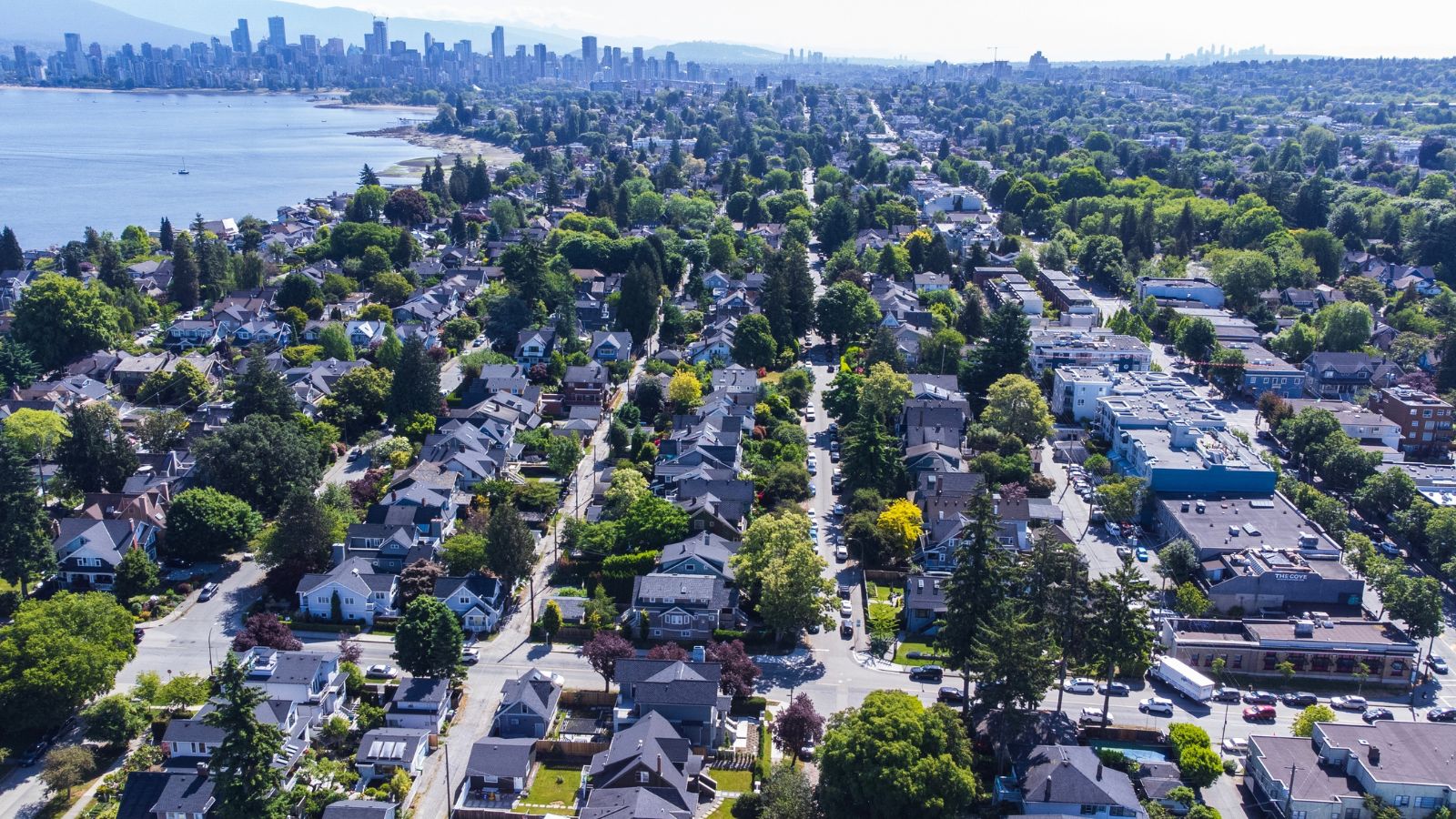
With its stunning beaches and relaxed atmosphere, Kitsilano has long been a coveted neighborhood in Vancouver. Recently, foreign investors have seen its appeal, pouring money into upscale dining, boutique shops, and luxury residential projects. Although these changes have enhanced the area’s appeal, they have also contributed to rising property values and concerns over maintaining access for longtime residents.
West End & East Vancouver
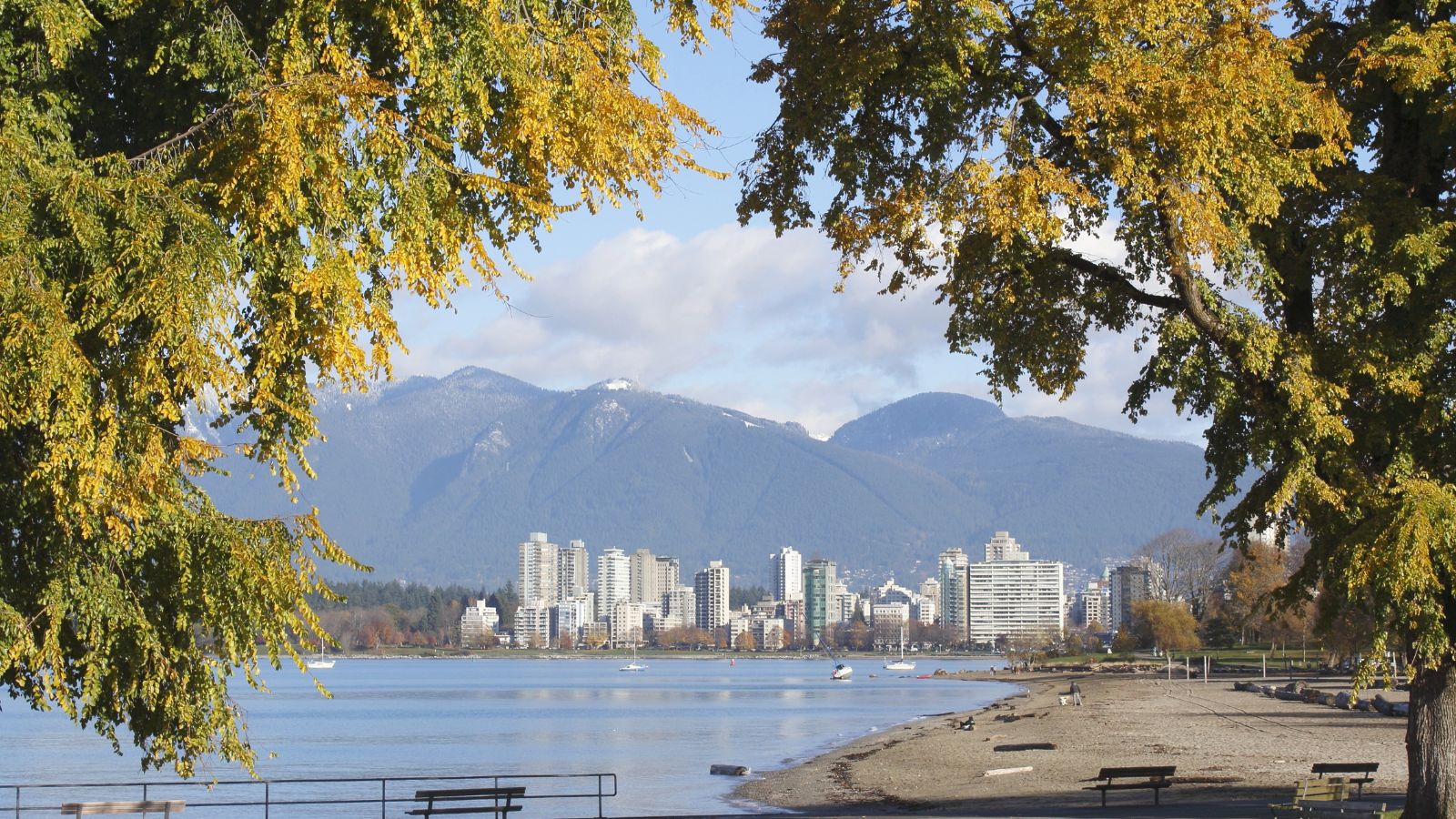
The West End and East Vancouver show the double-edged nature of foreign investment. On one hand, new capital has helped rejuvenate aging buildings and improve local infrastructure. On the other hand, these areas have faced increased living costs and shifts in demographic profiles that many residents find challenging. These neighborhoods are representative of Vancouver’s broader struggle to balance modern development with community needs.
Toronto
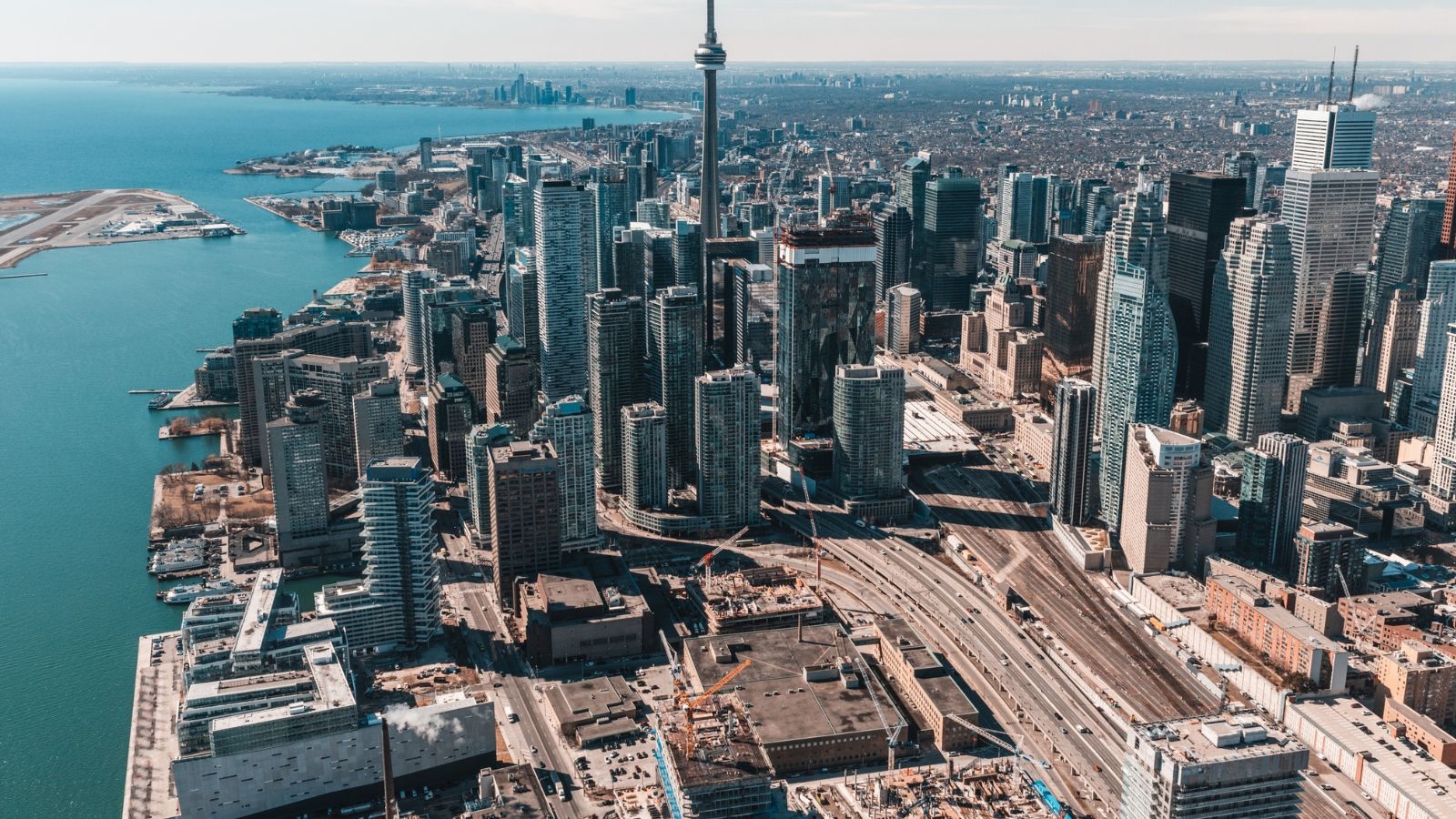
Toronto’s urban landscape offers another compelling narrative of transformation. Former industrial zones and historic neighborhoods are now among the most sought-after areas in the city:
Liberty Village
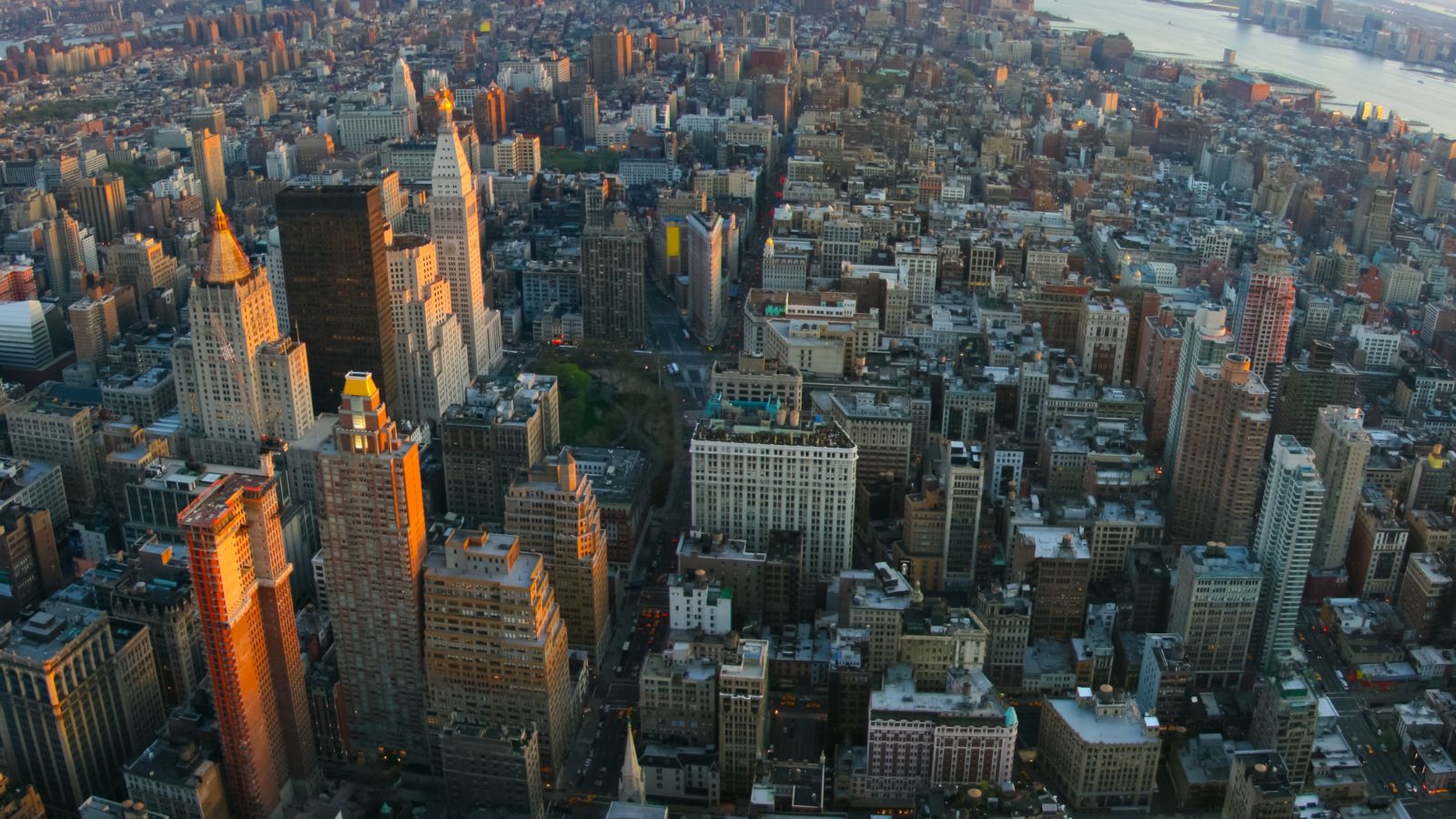
Liberty Village was known as a collection of factories and warehouses. However, it has emerged as one of Toronto’s most exciting and innovative communities. International investors have played a crucial role in converting old industrial spaces into stylish lofts, creative workspaces, and vibrant retail centers. The neighborhood now attracts young professionals and entrepreneurs, serving as a hub of creativity and modern urban living.
Cabbagetown
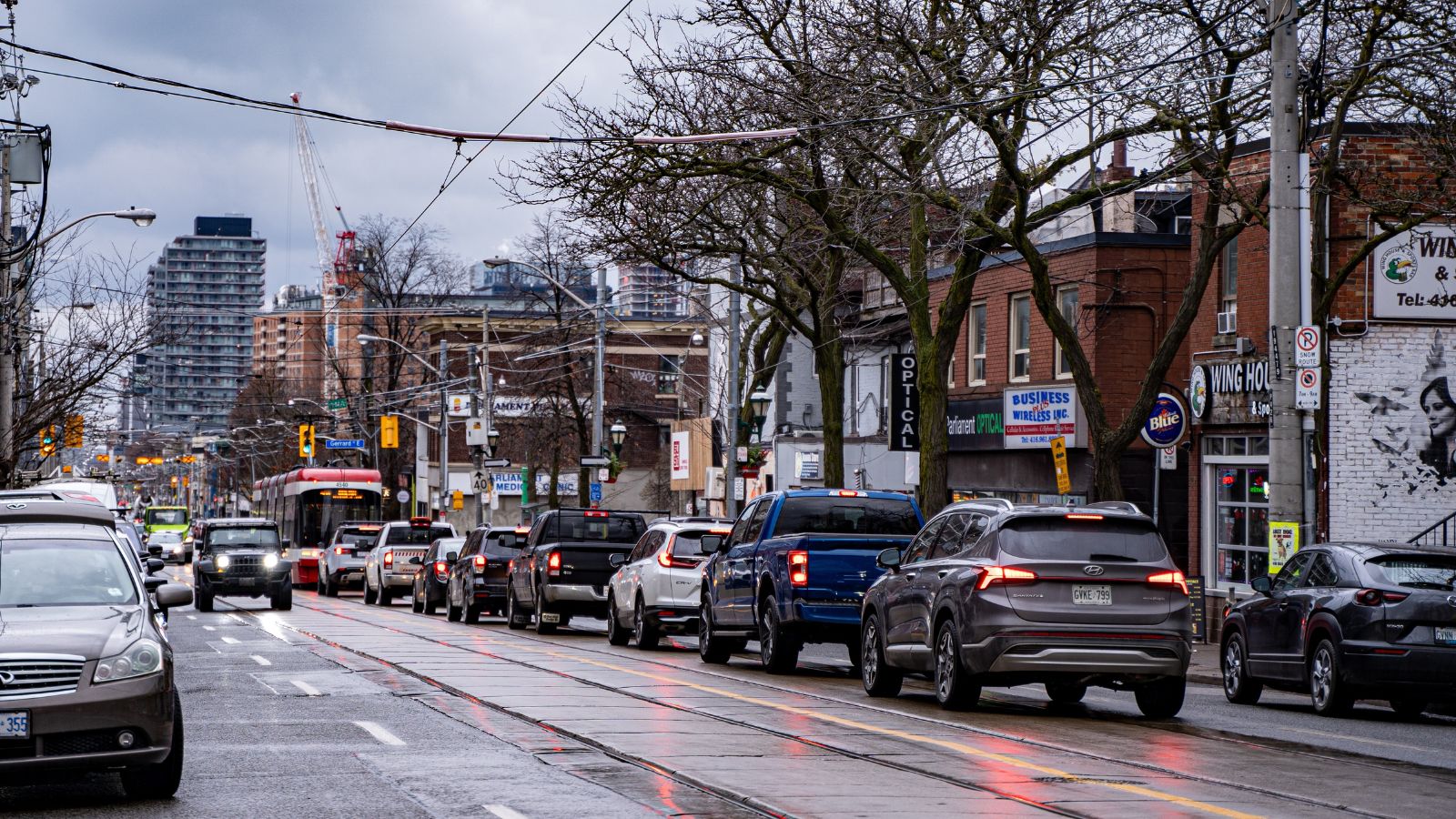
Cabbagetown is a neighborhood celebrated for its beautifully restored Victorian homes and tree-lined streets. The area attracted a diverse group of residents, including professionals and members of the LGBTQ+ community. Over time, foreign investment has further transformed Cabbagetown, leading to a careful blend of preservation and modern development.
Queen Street East (Riverdale)
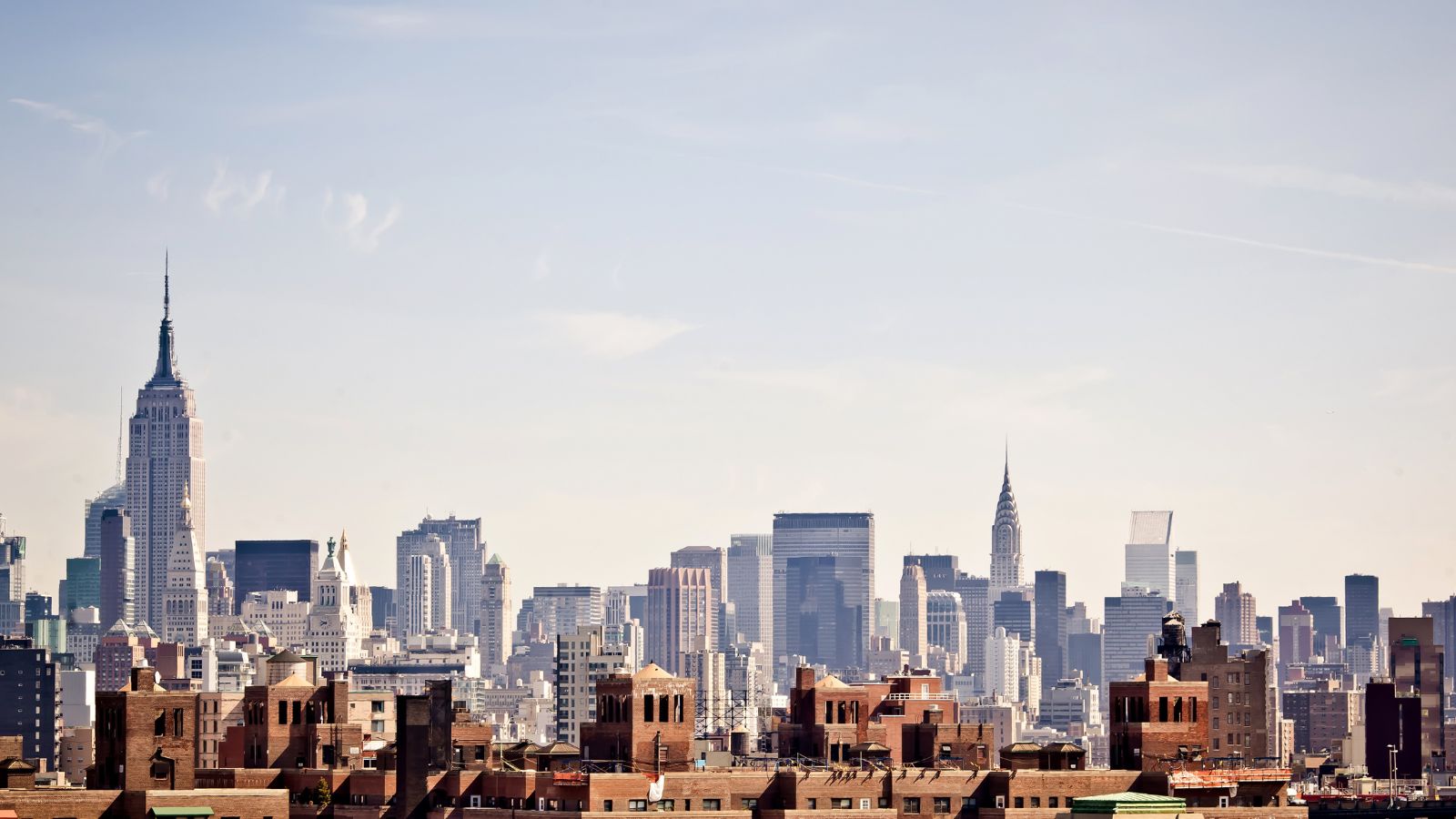
The Riverdale section of Queen Street East is another example of how foreign investment has spurred urban rejuvenation. This neighborhood has seen the revitalization of historic Victorian and Edwardian homes. It now houses galleries, boutiques, and artisan shops. The transformation of Riverdale demonstrates how strategic investments can breathe new life into communities without erasing their cultural heritage.
Distillery District
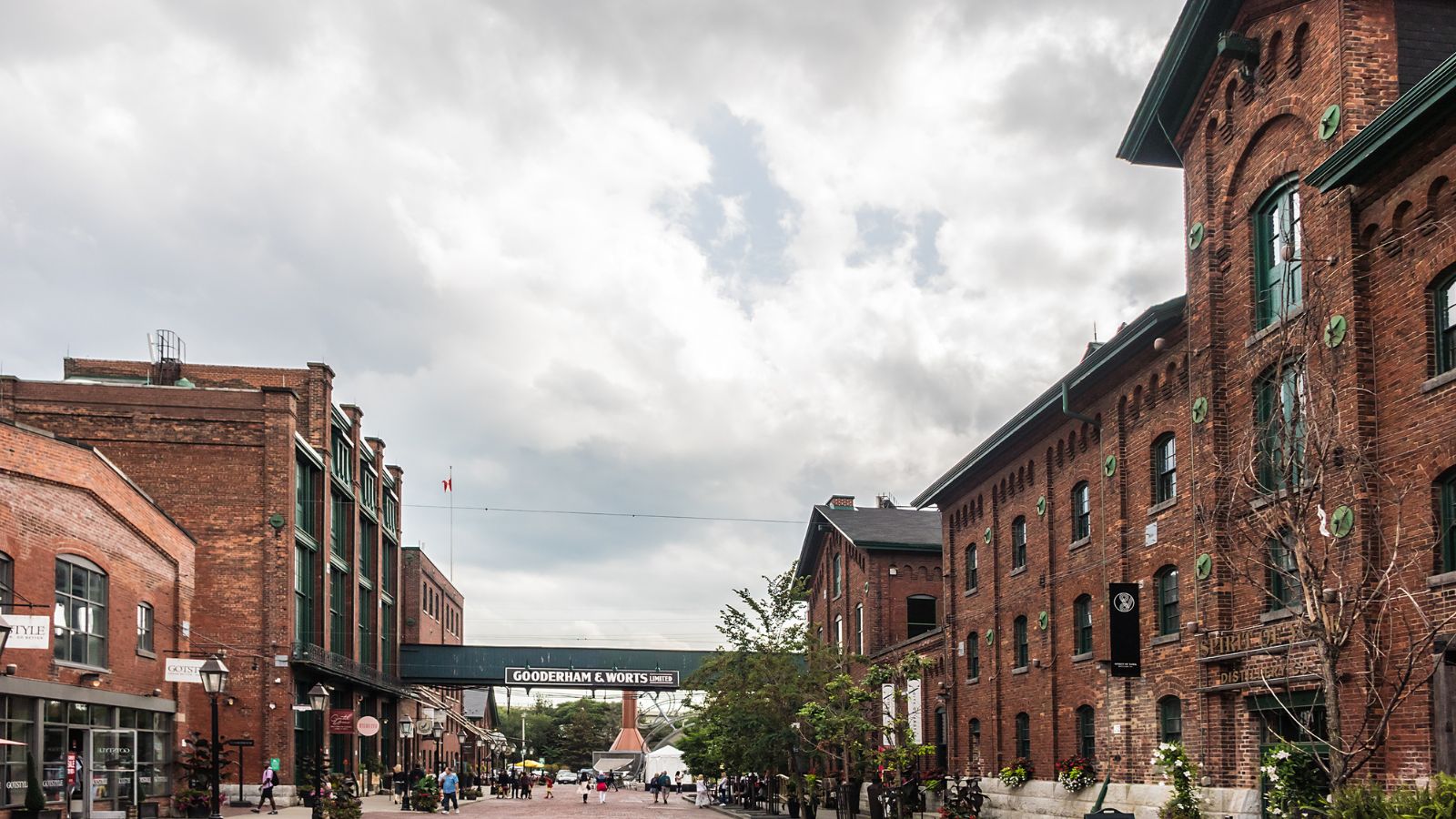
The Distillery District is a celebrated model of adaptive reuse. Foreign capital has funded the conversion of old warehouses into art galleries, performance spaces, and upscale eateries. Today, the Distillery District is a cultural landmark that attracts tourists and locals, standing as a testament to how historical preservation can work in unison with modern urban design.
Kensington Market
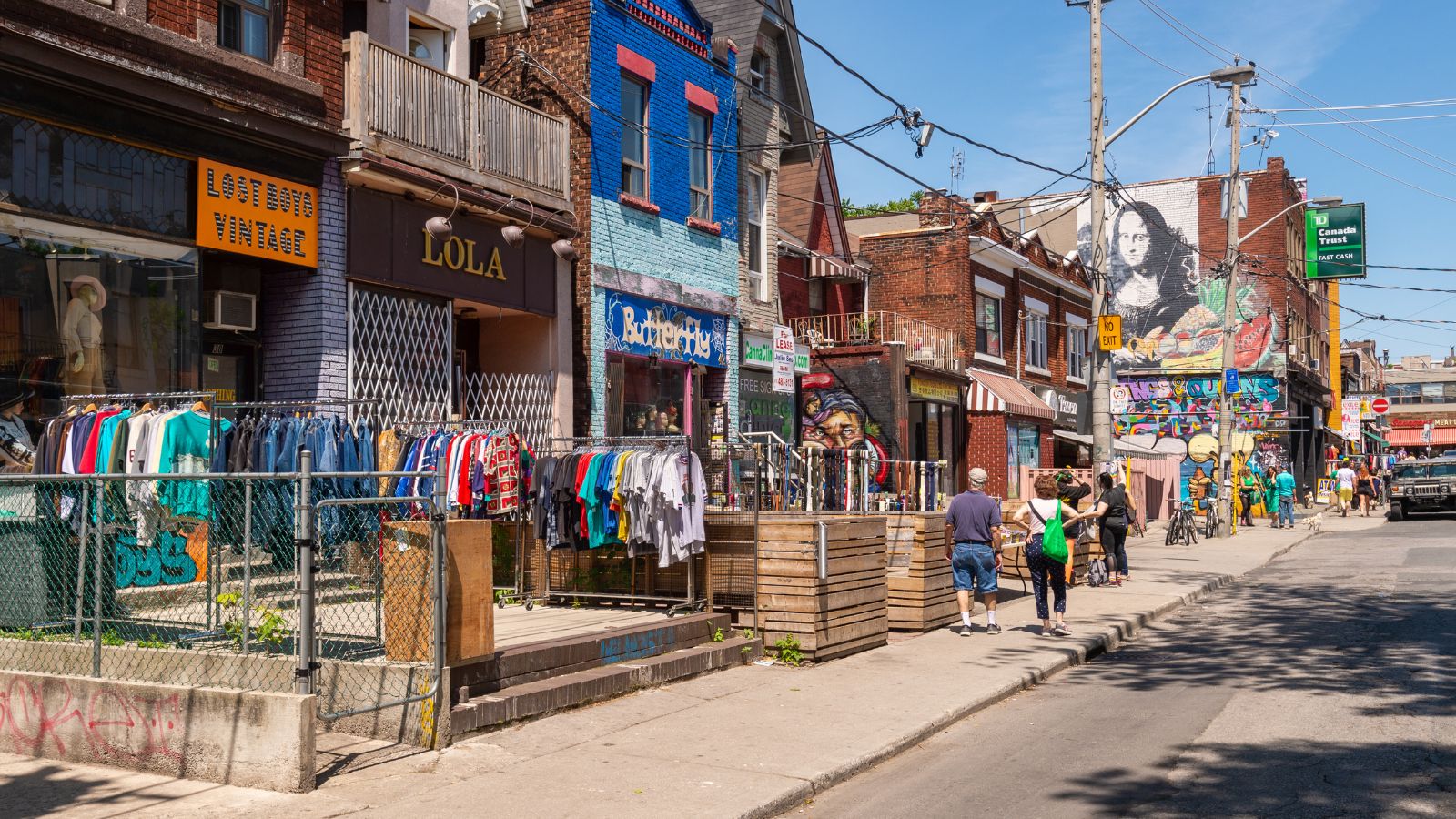
Kensington Market’s bohemian vibe and eclectic mix of vintage shops, international eateries, and street art have long made it a favorite among locals and visitors alike. Although it has received selective foreign investment, the neighborhood has managed to maintain its grassroots, community-driven character.
Montreal and Winnipeg

Foreign investment is not solely the domain of Canada’s largest cities. In Montreal and Winnipeg, investment trends are shaping neighborhoods that are rich in culture and history:
Plateau Mont-Royal, Montreal
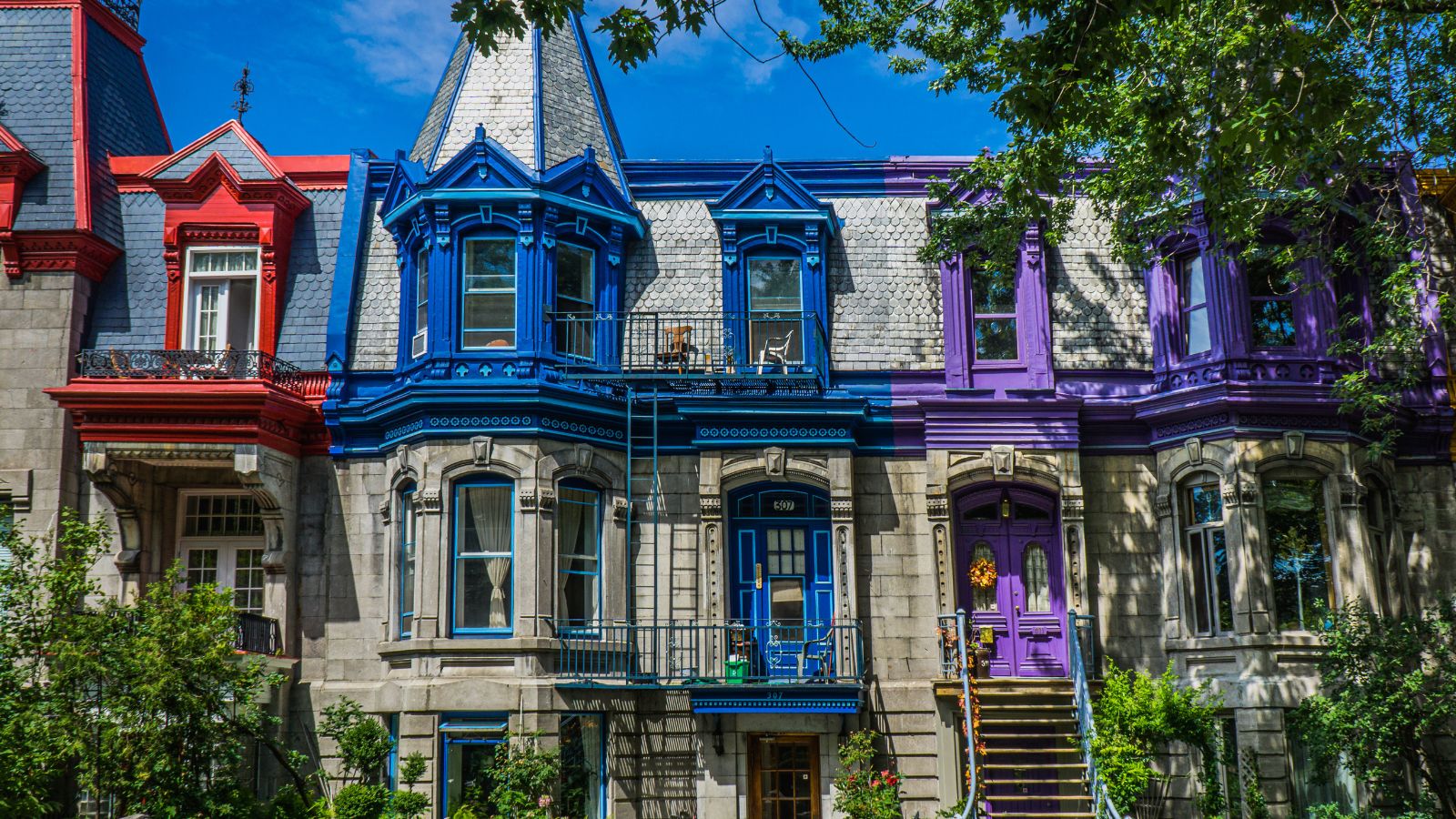
Plateau Mont-Royal is one of Montreal’s most colorful and vibrant neighborhoods. It is known for its lively street art, bustling cafes, and independent boutiques. The Plateau has seen steady investment that enhances its infrastructure without diminishing its artistic spirit. Although foreign investors are drawn to the area’s potential, the real challenge remains: how to modernize the neighborhood while preserving the creative energy that defines it.
Old Montreal
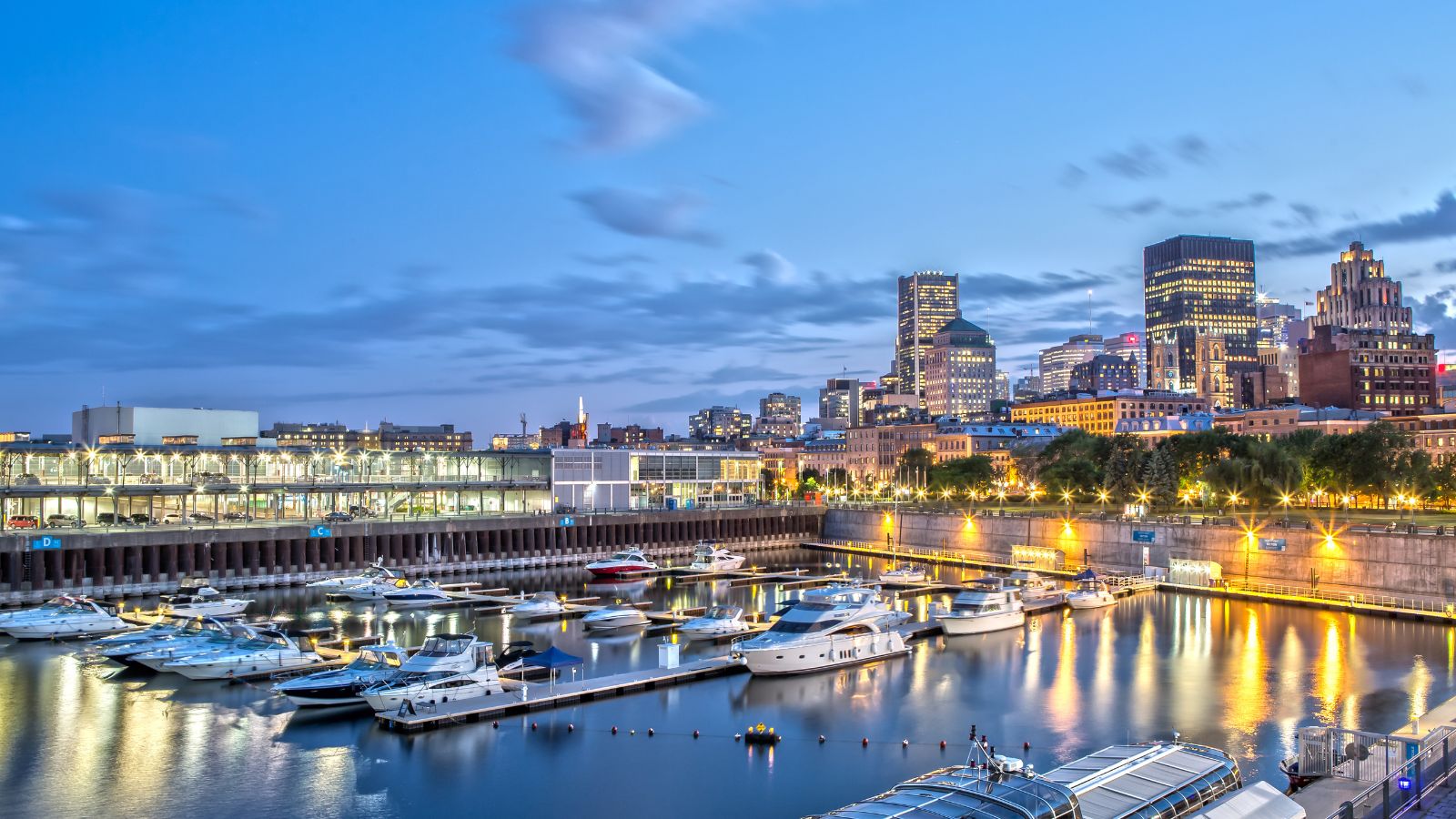
Old Montreal, with its historic cobblestone streets and centuries-old architecture, is another area where foreign investment has left its mark. International investors have been attracted by its potential for high-end tourism and luxury real estate. The district now features upscale hotels, gourmet restaurants, and refined cultural institutions that provide a glimpse into the city’s storied past while paving the way for its future.
Chinatown, Winnipeg
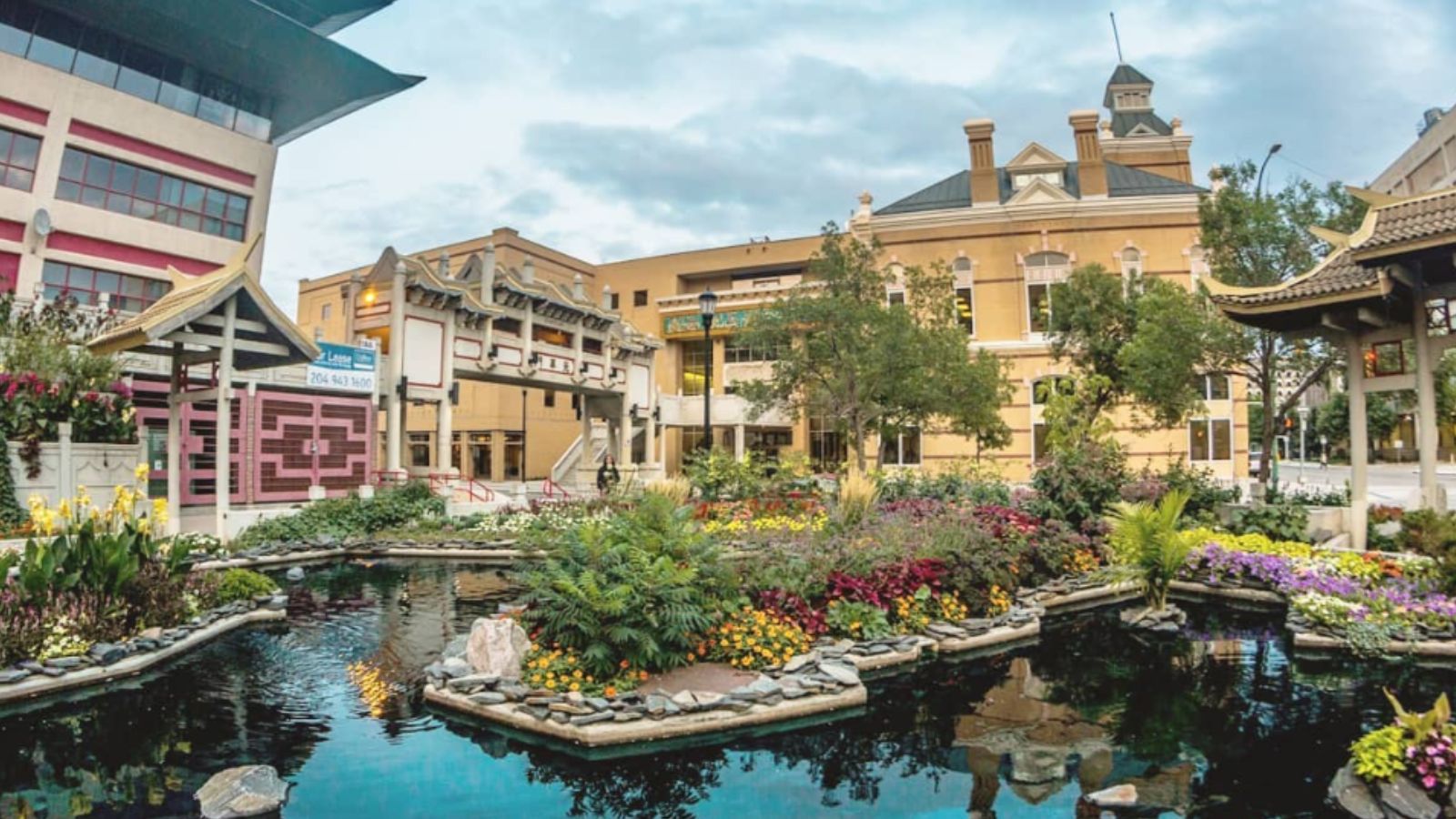
Winnipeg’s Chinatown has a history dating back to the early 20th century, built by Chinese immigrants seeking opportunities in a new land. Today, foreign investment, especially from Chinese entrepreneurs, has revitalized this culturally rich area. Efforts to refurbish community centers, restaurants, and local shops have ensured that Chinatown remains a vibrant economic and cultural hub.
The Exchange District, Winnipeg
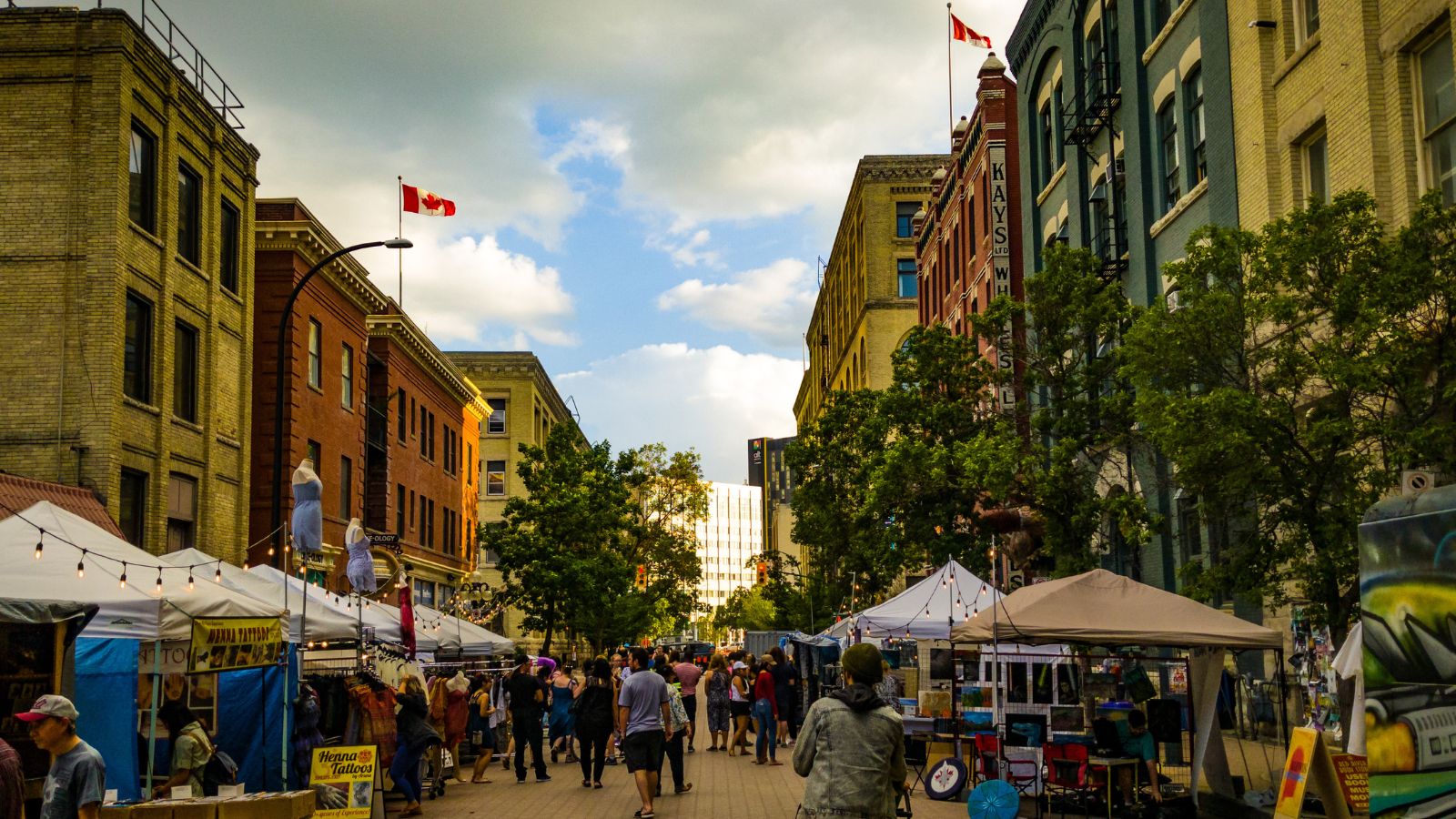
The Exchange District is a jewel of historic architecture in Winnipeg. It features a remarkable collection of early 20th-century buildings. Foreign capital has sparked a quiet renaissance here by transforming warehouses and factories into offices, galleries, and boutique hotels. The district’s revival is a fine example of how thoughtful investment can protect historical integrity while breathing new life into an urban area.
Calgary and Beyond
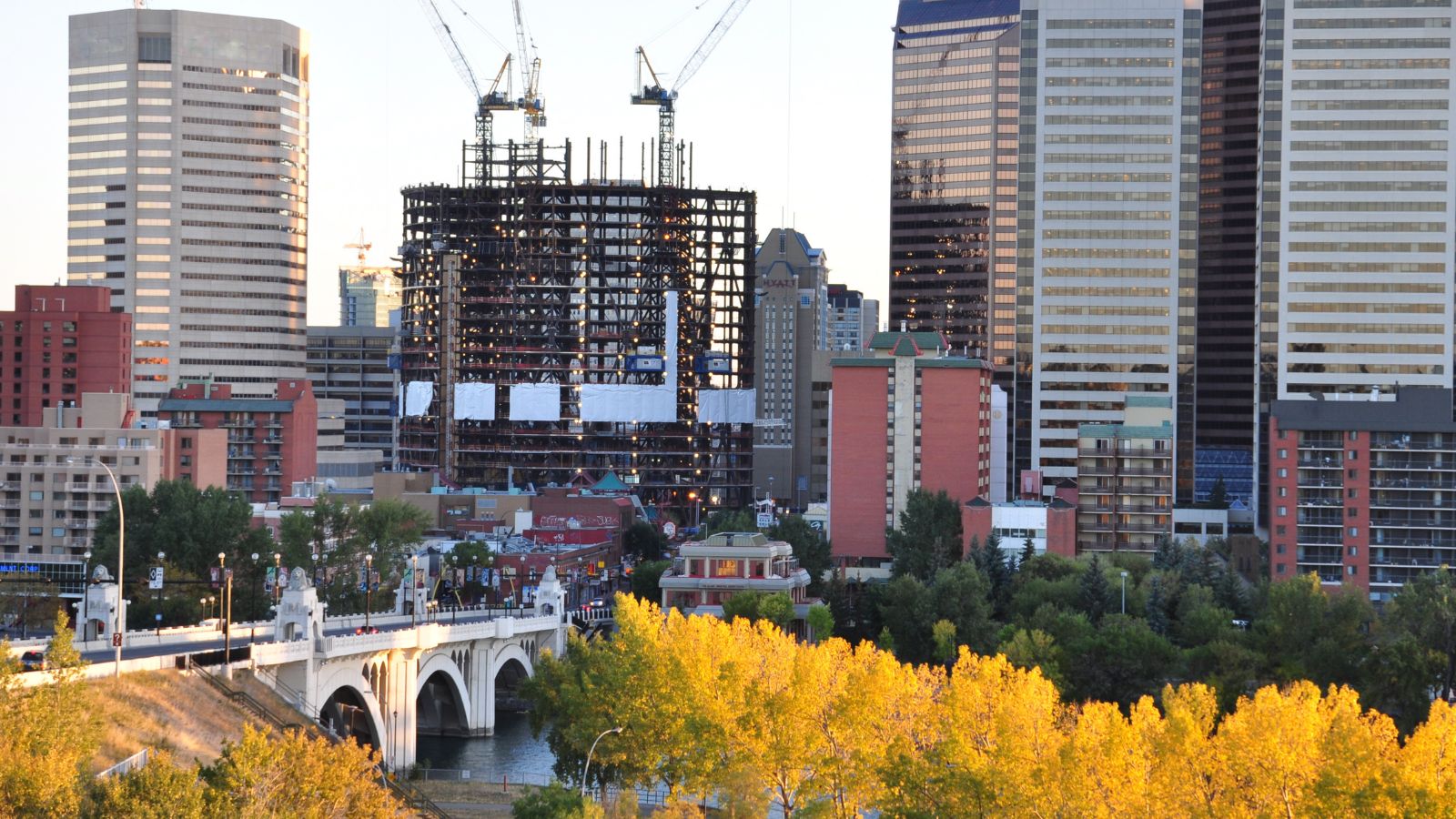
In Calgary and other smaller cities, the impact of foreign investment is equally pronounced, albeit in slightly different ways:
Downtown East Village, Calgary
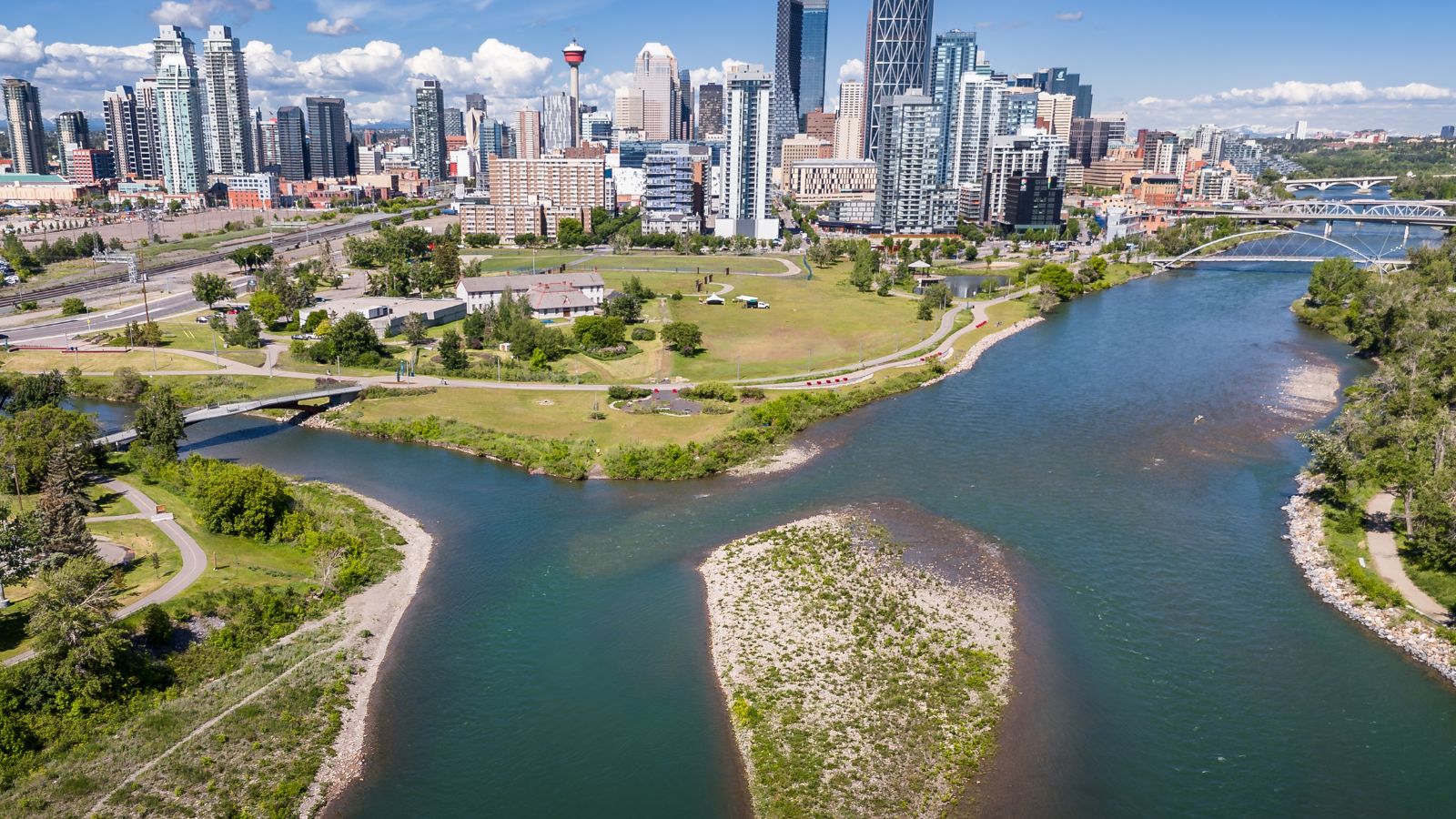
Downtown East Village in Calgary exemplifies the benefits of strategic urban renewal. Significant investments, many with foreign backing, have transformed this once-neglected area into a dynamic neighborhood. The construction of modern residential towers, cultural institutions like the National Music Centre, and improved public spaces has created a more inclusive, vibrant community.
Beltline, Calgary
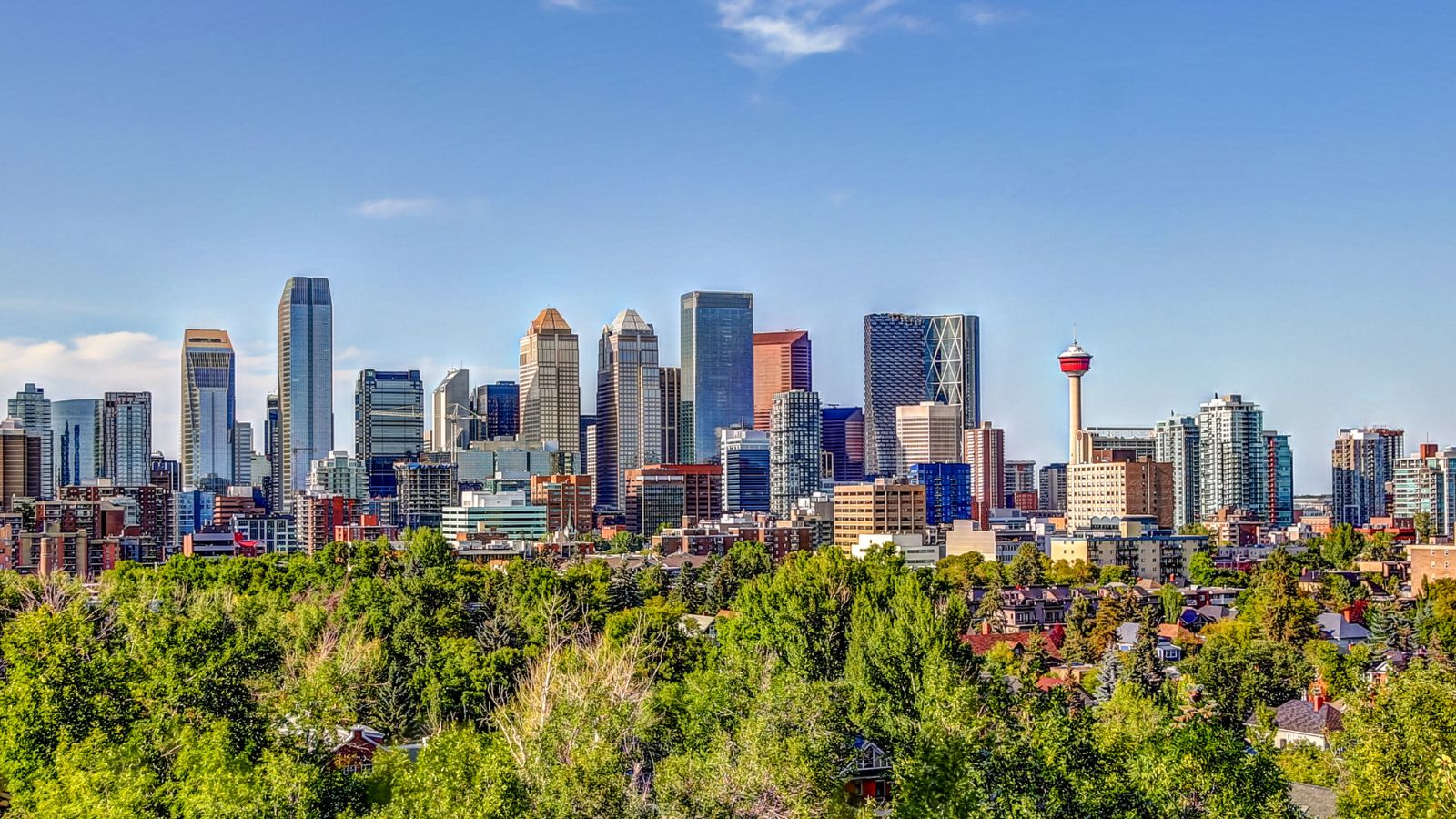
The Beltline area, previously marked by industrial remnants, is now one of Calgary’s trendiest neighborhoods. Foreign investors have spurred redevelopment projects that offer trendy lofts, diverse dining options, and a lively nightlife. However, this transformation has not been without its challenges. Rising costs and a rapidly changing demographic have put pressure on long-standing community traditions.
Revelstoke, British Columbia
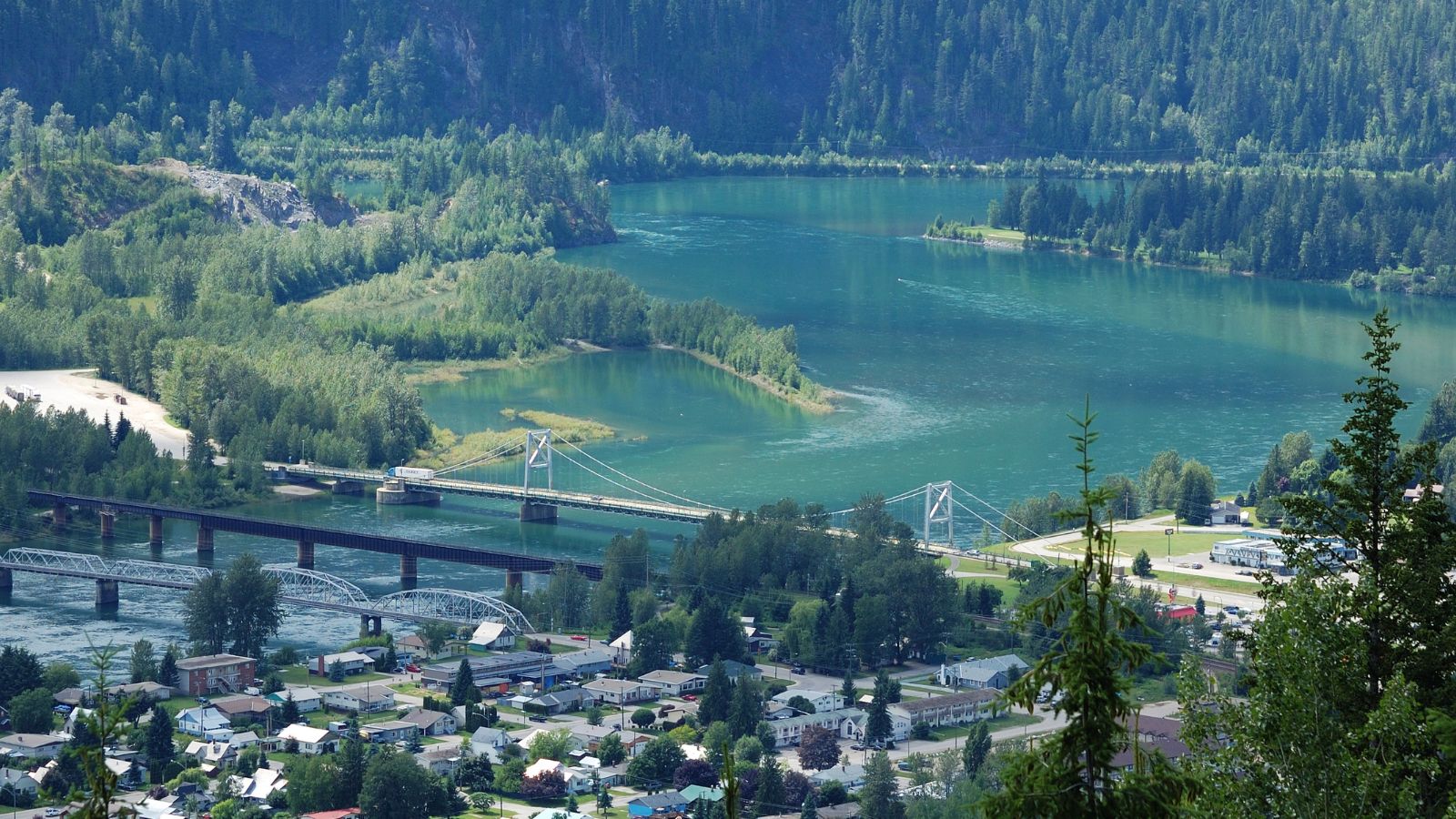
Although not a typical urban neighborhood, Revelstoke has felt the impact of foreign investment through its booming tourism sector. This town is known for its world-class heli-skiing and winter sports. The town has seen significant investment in luxury accommodations and recreational facilities. This influx of capital has boosted the local economy and property values. However, it also brings with it the challenge of balancing high-end tourism with the needs of the local community.
Emerging Neighborhoods Across Canada
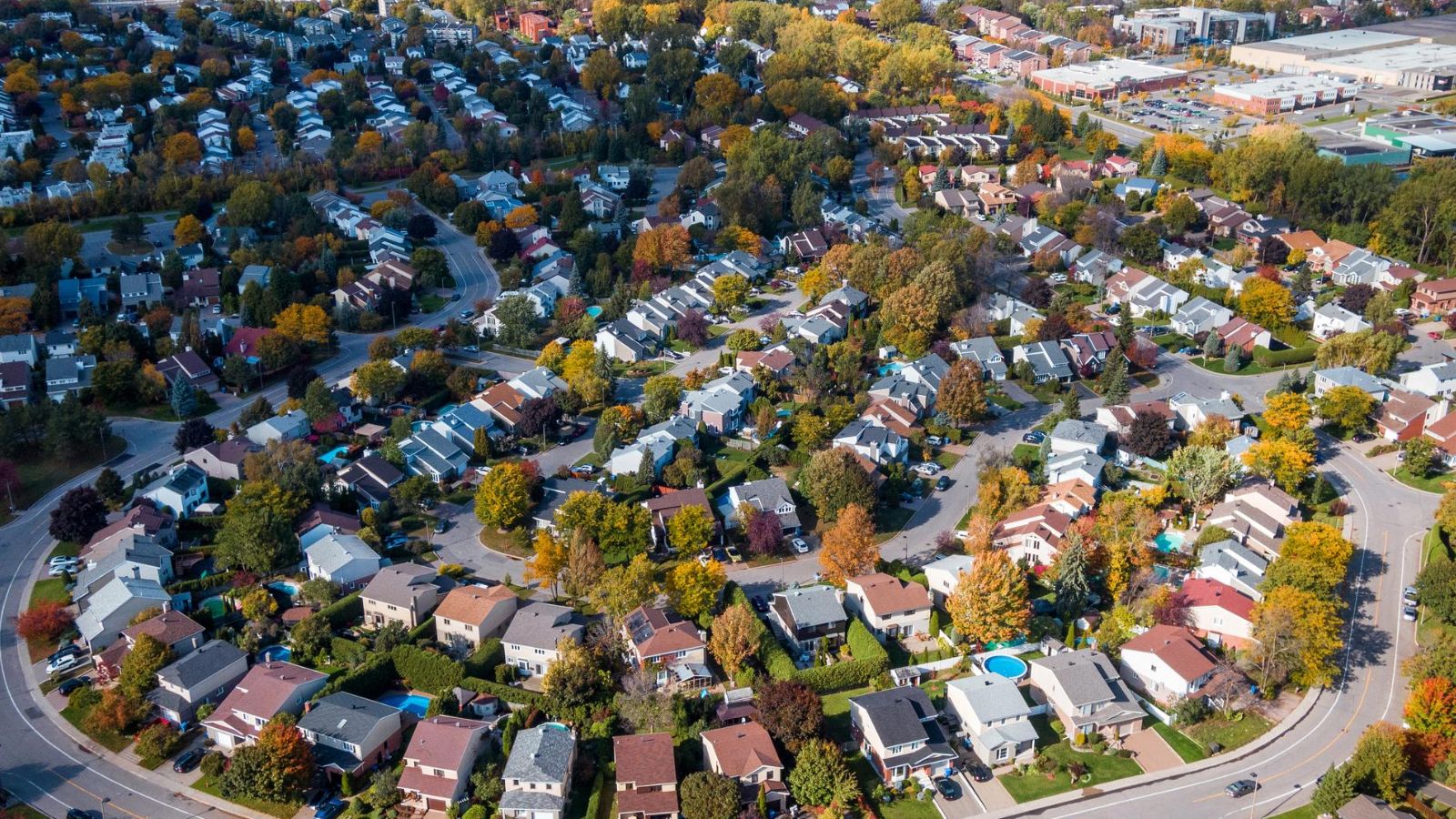
Beyond these well-known areas, many emerging neighborhoods in cities such as Ottawa, Halifax, and Quebec City are beginning to attract foreign investors. Once overlooked, these communities are now benefitting from infrastructure upgrades, cultural initiatives, and residential developments funded by international capital. Their transformation highlights a broader trend across Canada: as global investment continues to flow into these regions, even smaller urban centers are being reimagined for the 21st century.
Conclusion

Foreign investment has undeniably injected new life into these communities, improving infrastructure, stimulating economic growth, and creating spaces where modernity and tradition coexist. However, the challenge remains: how can cities balance the undeniable benefits of global capital with the need to preserve community identity and protect long-standing residents?
25 Countries Predicted to Become Economic Superpowers in the Next 20 Years

The strength of an economy plays a crucial role in various international policies about trade and relations. Certain factors determine the strength of an economy, including population growth, availability of resources, and development and advancement. Here are 25 countries predicted to become economic superpowers in the next 20 years
25 Countries Predicted to Become Economic Superpowers in the Next 20 Years
